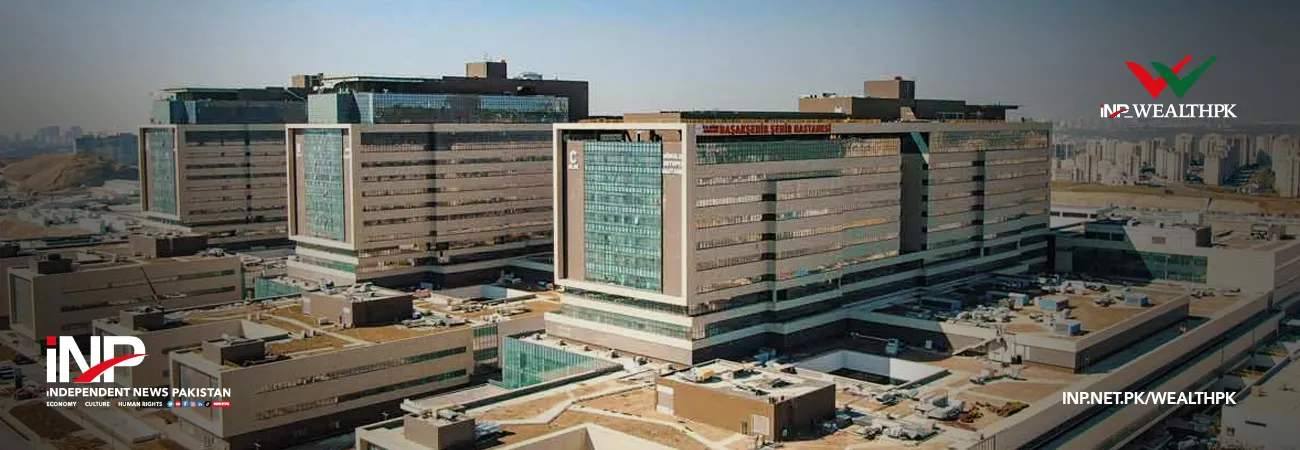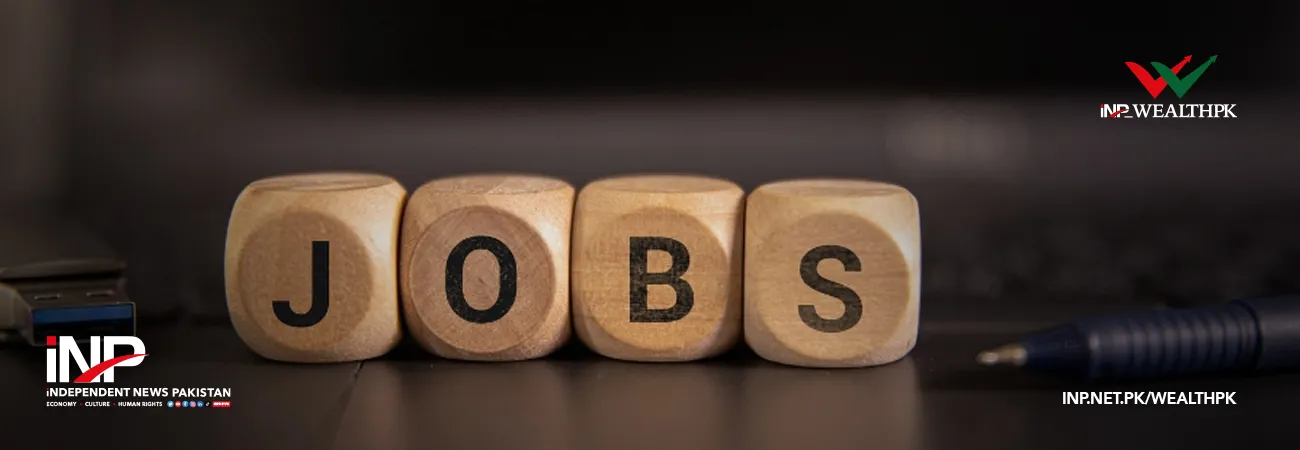INP-WealthPk
By Qudsia Bano ISLAMABAD, Nov 11 (INP-WealthPK): The government has made a strategic mineral sector development plan to enable it to contribute up to 10% of GDP ($28 billion) within the next 10-15 years. The plan has been prepared by the Petroleum Division after detailed consultations with leading international industry professionals, public entities and provincial mines and minerals departments. The plan aims at creating economies of scale and scope for ensuring commercial viability for all parts of the mining value chain. Five key projects will be developed under the plan. They include Chiniot Steel Mills, Kalabagh Steel Mills, East Ore Body (EOB) at Saindak, Barite-Lead-Zinc Project and Bolan Mining Enterprises (BME, Khuzdar), and North Waziristan Copper Deposit. Road shows will be held to attract investors for these five projects. In addition, feasibility studies will be initiated for seven vital projects --- Solar Panel Manufacturing Plant at Mianwali and Attock, Chemical Industry Establishment in Salt Range, Coal Gasification Project Feasibility and Business Case (Thar), Cement Plants (Punjab and KP), Chromite Plant at Muslim Bagh, Balochistan, Mini Steel Mill or Iron Ore Processing Facility (Naukundi or Chagai) and Granite City at Nagarparkar. The plan envisages creation of thousands of jobs through capacity building, and improving the country’s balance of payments through import substitution and export enhancement. Balochistan has more than half of the country's mining potential. Copper, gold, gypsum, barite, marble, coal and other minerals are found in the province. Balochistan’s geographic location, which includes the Gwadar Port, provides a significant logistical and cost advantage. Although a few local enterprises are involved in mineral extraction, there is much more that can be done to grow this sector, which has the potential to employ thousands of people and boost development through the downstream industries that will emerge. There are a number of valuable and semi-precious minerals extracted in Pakistan. Peridot, aquamarine, topaz, ruby, emerald, rare-earth minerals bastnaesite and xenotime, sphene, tourmaline, and a variety of quartz kinds and types are among them. Clays (including China clay and fire clay), copper, dolomite, gypsum, iron ore, limestone, marble (onyx), salt, sand and gravel, and silica sand; coal, natural gas, and crude petroleum; and precious and semiprecious stones are among Pakistan's mineral resources. Pakistan has vast mineral deposits, with an outcrop area of 600,000 square kilometres. There are 92 minerals known, 52 of which are commercially exploited, with a total annual production of 68.52 million metric tonnes. With an average annual growth rate of 2-3%, over 5,000 operational mines, 50,000 small and medium-sized enterprises, and direct employment of 300,000 individuals, the mining industry is a promising one. In terms of global output in 2016, Pakistan was placed 7th and 11th in graphite and nitrogen (ammonia) production, respectively, accounting for 2% of global ammonia production and 1% of global graphite production. Under the China-Pakistan Economic Corridor, the government is actively attempting to enhance energy supplies and upgrade the road network. Because of the increase in construction and the moderate expansion in mining and manufacturing, the industry is expected to grow faster. In December 2019, Pakistan’s minerals production was reported to be 49,947,390 metric tons, and 49,104,146 metric tons in the previous month (November), setting a new high. In 2009, the country’s minerals production was 39,648,839 metric tons.













